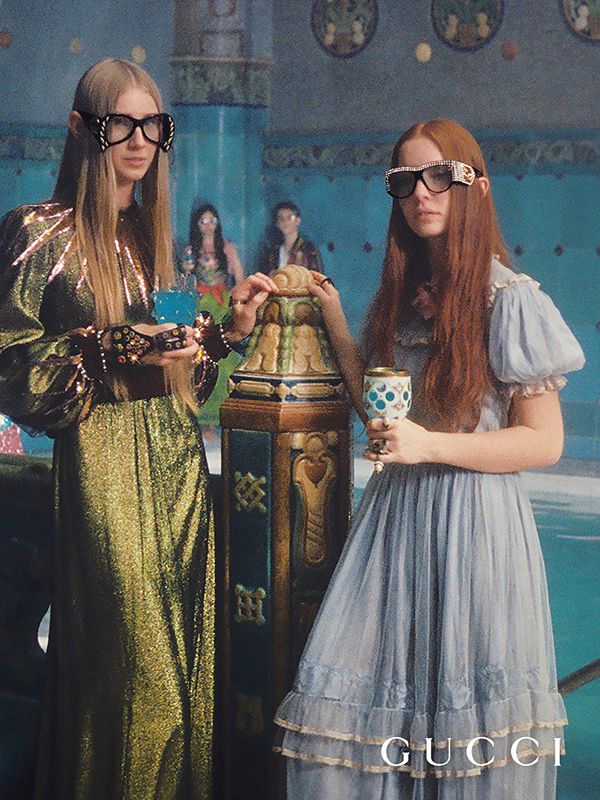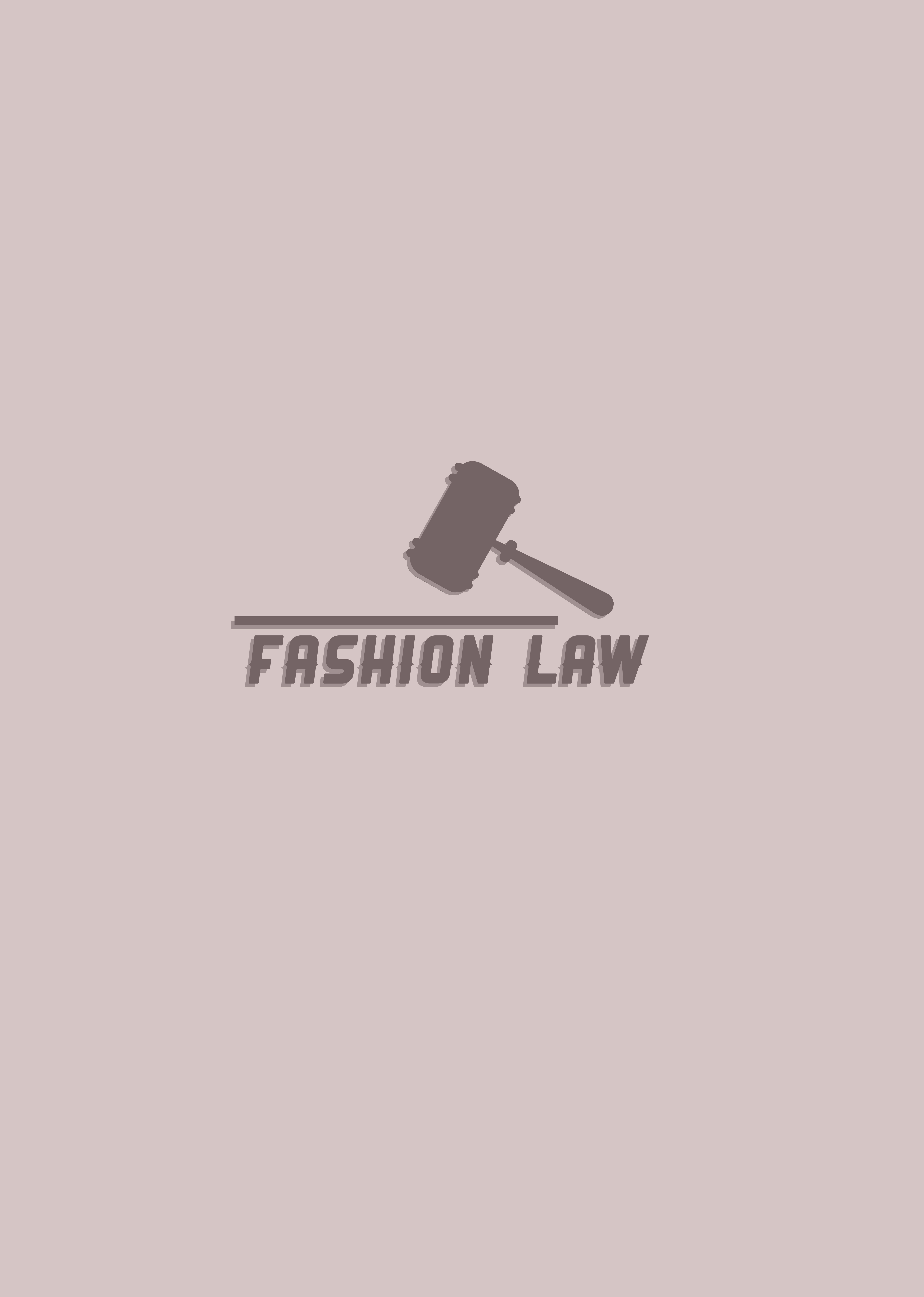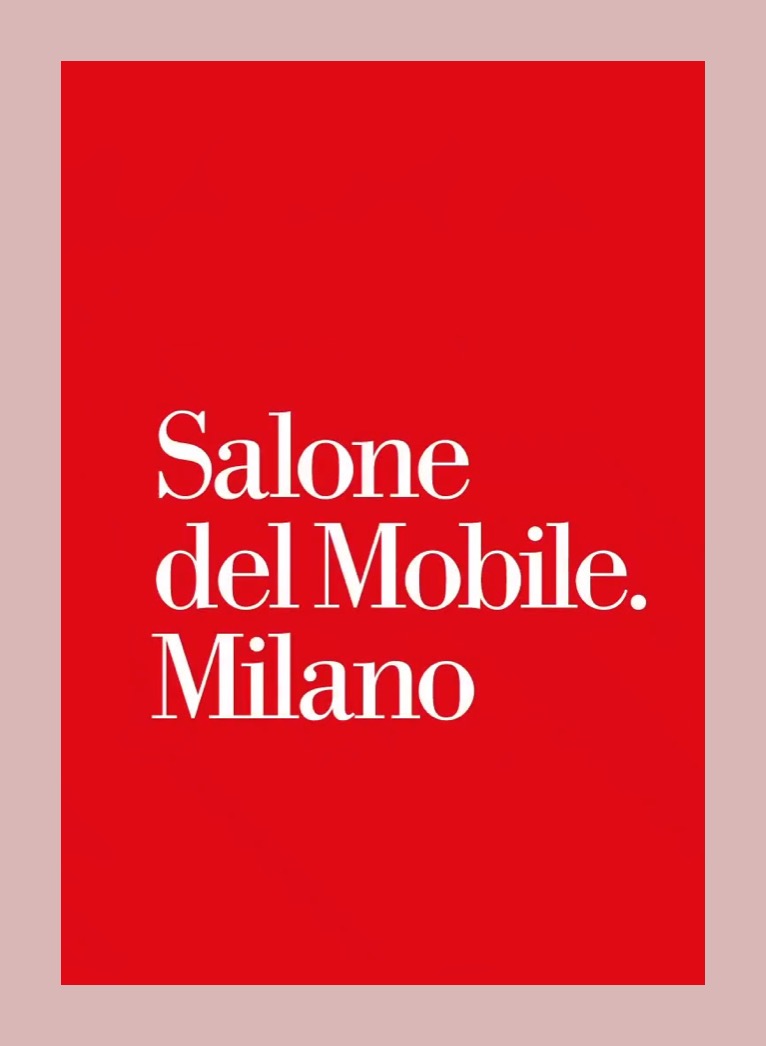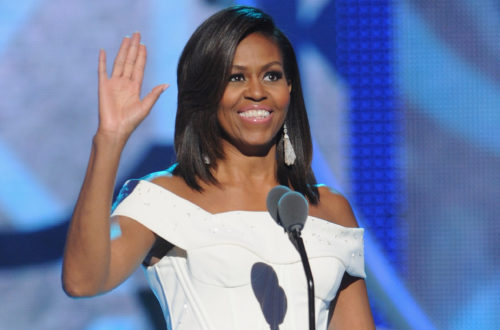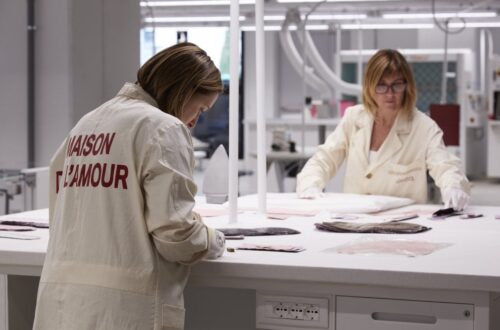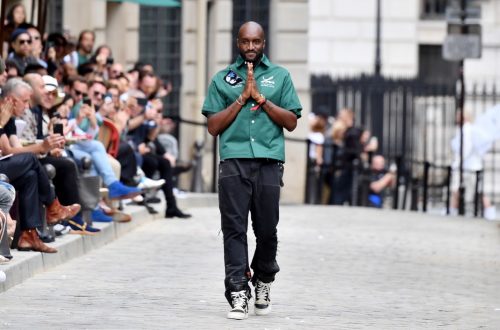“It’s something like a pear with a pink propeller, that flies around and smells like summer“.
This is how Philipp Ulita from the Berlin Fashion Film Festival describes the genre of fashion film. Indeed, fashion film echoes complexity: a kaleidoscope of tangible and intangible socio-cultural elements that fashion creates and sustains.
 Petra Collins x Gucci
Petra Collins x Gucci
Fashion film is a vehicle of emotion which activates storytelling. In a fast-paced, digitalised world the spread and reach of information is so great and attention seeking that fashion brands use different technological and artistic innovations to express their brand identity, create content and target consumers. They are short films which are adapted to our attention span in order to create certain atmospheres with the task of the filmmaker being to unveil something that attaches us to an object, a scent, a colour. In other words, it creates a connection not only to the product but mainly to its peripheries and the brand.
For example, in Wes Anderson’s and Roman Coppola’s “Candy”, actress Léa Seydoux is transporting us to Prada’s high gloss representation of a careless, romantic Paris. The soundtrack is composed by iconic French songs and the scene borrows elements from great cinematographic moments. Candy, the character, is an independent and dangerously playful woman suggesting to the viewer a given scent that Prada created and a given it-girl its consumer will be.
 The Postman Dreams, Prada
The Postman Dreams, Prada
Yes, fashion film is a marketing tool. It is mostly commissioned by luxury fashion firms as a new form of experience through entertainment and seduction that we could call experiential marketing. Sensory, emotional, cognitive and relational values are key to the genre, implying that the consumer is not merely a rational decision-maker. It establishes a new relationship with consumers, building brand engagement and convincing the consumer that he is part of an aesthetic, beautiful, exclusive community. Fashion film dematerialises products and goes beyond their physicality: it’s a concept, an almost kinaesthetic experience.
Moreover, collaborations are made with high profile artists- Wes Anderson for Prada and Petra Collins for Gucci-which attracts different types of consumers and creates synergies with other artistic genres (photography, cinematography, poetry). This implies that fashion film forms new ways in which fashion is produced and consumed.
Finally, from the creation of artistic institutions to donations for heritage sites, the fashion world is increasingly penetrating the world of culture. Milan’s Fashion Film Festival for example becomes a platform showcasing more than 700 fashion films including categories like the very artistic Best Experimental fashion Film award and the very relevant Best Green Fashion Film award. It reflects different facets of the modern cultural and artistic system.
Don’t miss the 5thedition of Fashion Film Festival Milano from the 20thto the 25thof September https://fashionfilmfestivalmilano.com/
by Daphne Doukidis

